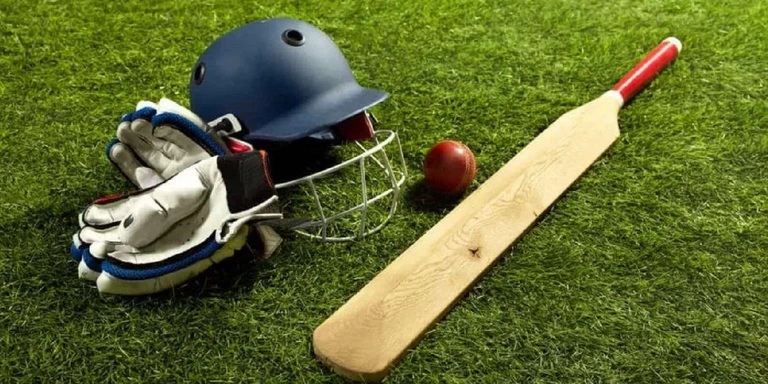We’ve had the first glimpse of Gautam Gambhir as India’s head coach. Replacing Rahul Dravid, who’d ended his tenure on an all-time high by winning the T20 World Cup, was never going to be replicated, but you’d expected great things from a strong Indian team. The first half was great, but things tapered off as we got towards the fag end of the white-ball series.
There were quite a few positives and negatives to take from the India vs Sri Lanka series. Although he was seen as a defensive player in his playing days, he’s emerged as a progressive head coach now. At one moment in time, you’d think that Gautam Gambhir was replicating what Eoin Morgan used to do with the England team during the 2015-19 period.
‘A’ Grade in T20Is
Given that both ODIs and T20Is were played and different players were used, analyzing his decision separately in the two formats is only fair. Let’s start with the T20Is. A whitewash was a pretty good way to start and achieve that while testing the bench strength and flexibility of the batting order. Using multiple part-time bowlers and all-rounders puts the cherry on top of the cake.
Riyan Parag was the biggest plus, as the off-spinner played all three games and ended up as the seventh-highest wicket-taker in the series. His batting didn’t end up where Gautam Gambhir would have liked it, but his bowling was a massive plus. All 15 players were given a chance, at least in the series, and that would definitely assure the players that they always have a chance in the XI, despite warming the bench for a couple of matches.
Ravindra Jadeja’s like-for-like replacement, Washington Sundar, just played one match, and he earned the ‘Player of the Match’ award. It’s head-scratching that Washington wasn’t tried in the first two matches despite being ‘player of the series’ against Zimbabwe just a couple of weeks ago.
Sanju Samson was tried twice, but both times at different spots. He scored two ducks, one while opening and the other while batting at No. 3. You’d want some ownership from Samson, but he was handed a poor hand to begin with. The last thing was the non-selection of Avesh Khan and Mukesh Kumar for Sri Lanka T20Is. You can’t select all the players, but it’s perplexing that Khaleel Ahmed was selected ahead of Avesh or Mukesh despite a left-arm pacer in Arshdeep Singh already present. The top order was stacked in Sri Lanka, and the non-selection of Ruturaj Gaikwad or Abhishek Sharma was still understandable.
‘B’ Grade in ODIs
India might have lost 0-2, but the point of playing these ODIs was never to win but to learn. Gautam Gambhir’s main objective was to try out new things with the upcoming ICC Champions Trophy in mind. India went with 8 batters in the first two matches and 9 in the last match, despite risking losing the series. That clearly shows that victory wasn’t on India’s head coach’s mind, but improvement and innovation.
Most of the lineup is set. Just a few gaps to fill in here and there. A lot of the changes will come, depending on the conditions. On spin-friendly surfaces, we might see Washington Sundar, Riyan Parag, Ravindra Jadeja and Axar Patel all play, while on flatter or pace-favouring pitches, someone like Shivam Dube might join Hardik Pandya as the second pace-bowling all-rounder.
The decision to bring Virat Kohli and Rohit Sharma was correct as well. You might argue that both have been in international cricket so long that they don’t need to settle in, but Kohli clearly looked a little bit rusty and can surely relook at what he did wrong against the Sri Lankan spinners.
But there were a few errors as well. Shreyas Iyer and KL Rahul have made number 4 and 5 positions their own, but they were constantly moved around in the batting order. Shreyas batted at 5, 6 and 5 in the three matches, while Rahul was at 6 and 7 (didn’t play the last match). The move doesn’t really make sense, as unlike T20Is, flexibility doesn’t play that big of a role in ODIs. Both are also coming back from a long break and perhaps needed more backing than others.
It’s unclear why Ravi Bishnoi or Sanju Samson weren’t part of the squad despite doing well. Bishnoi should have taken Yuzvendra Chahal’s place as the designated leg-spinner some time ago, but that’s yet to happen. Samson, despite averaging 56 and scoring a century in the last ODI he played, wasn’t selected. For some reason, Mohammed Siraj was played in all three matches despite the management knowing what he has to offer, while Harshit Rana wasn’t tested at all. Parag too, despite performing so well with the ball in T20Is, was played just once, and what did he do when played? Take a three-fer and end as India’s best bowler of the day.























































